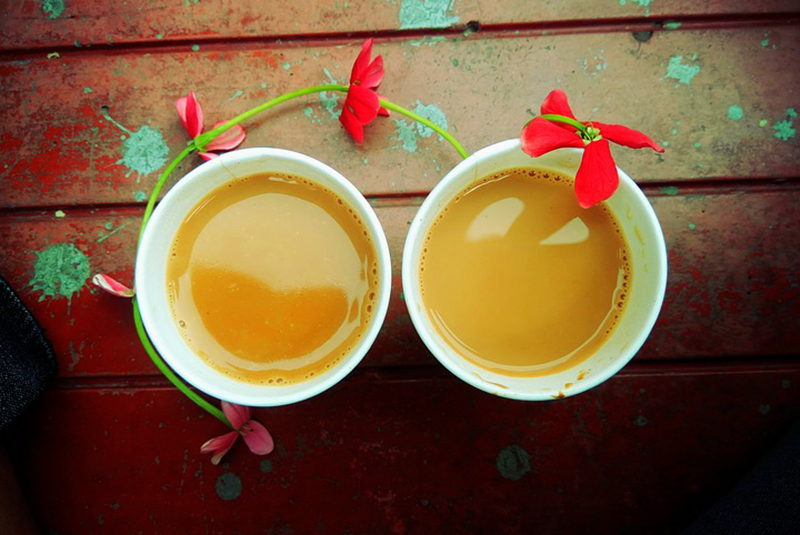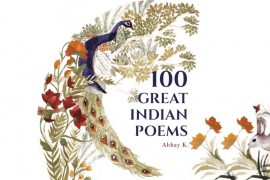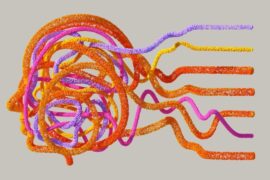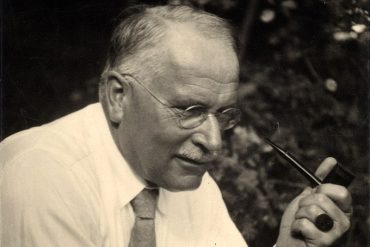In 2016, Uppma Virdi, an Australian woman, was awarded Businesswoman of the Year in Sydney. What was her line of work? She was a ‘Chai Walli,’ or tea server. An Indian-Australian lawyer, Virdi founded her own business, ‘Chai Walli,’ to provide high-quality Indian tea to Australians.
Chai-Walli gained popularity within just two years and acquired a large following. It’s an accomplishment most tea sellers would envy, for Tea servers have historically been undertaken by individuals from the lower classes. Chai Walla or Chai Walli is somehow associated with lower social standing and is considered a demeaning profession meant only for those lacking resources.
Virdi’s path to success was not simple for the same reason. Her parents were initially sceptical of her business endeavour. However, Virdi saw an opportunity in the long-standing love for black tea Australians have acquired.
Before colonisation, Aboriginal Australians drank tea from different local plant species. However, they didn’t have access to black tea or the leaves of the Camellia sinensis shrub, which is often associated with contemporary tea. According to common opinion, tea was included in the First Fleet’s official rations. According to Australian Geographic, however, this is not the case.
It is believed that Governor Arthur Phillip brought his tea to New South Wales and served it in the Government House. Much of the tea brought to Australia on the First Fleet came from a private collection.
Since the British arrival in 1788, tea has been promoted as the traditional hot beverage of Anglo-Celtic Australians. Until the 1880s, it was typically low-grade Chinese green tea known as “common green tea.” When times were tough or Chinese tea was unavailable, the settlers would depend on the tea of Aboriginal people.
“Australia’s first convicts created a tea from a creeper native to eastern Australia,” said Peter Griggs, a human geographer. “It was Smilax glyciphylla, also known as sweet sarsaparilla, and it is possible that they learnt about this plant from the Aboriginal people.” In an interview with the Australian Geographic, Griggs explained that according to the evidence, Aboriginal people drank a tea tree or paperbark leaf infusion.
Many early colonists in Australia cultivated their tea bushes. The Cutten Brothers, from Bingil Bay near Innisfail in Far North Queensland, developed Australia’s first tea plantation in the 1890s. However, there is no indication that this was the first commercially available product.
Australia’s tea was mainly imported until then.
A startling variety of Chinese teas was available if you were established in early Sydney and wealthy enough to purchase them. In addition to ” common green tea, ” Hyson skin, Oolong, Pekoe, Twankay, and Souchong teas were available in addition to “common green tea.” Since the first edition of The Sydney Gazette and New South Wales Advertiser (1803), these teas have been offered for sale regularly.
Tea cultivation for commercial purposes proliferated in India in the second half of the nineteenth century. In the 1880s, Australia’s purchasing patterns shifted dramatically from Chinese green tea to Indian black tea. Before the 1880s, Chinese green tea dominated the Australian market, but by 1900, the market had shifted, and Indian tea had taken over.
The Calcutta Tea Syndicate marketed Indian tea at international fairs in Australia. James ‘Rajah’ Inglis pioneered introducing Indian and Ceylonese teas to Australia. He was the Australian agent of the Calcutta Tea Syndicate and prepared a report for the Government of India on the 1880-1881 Melbourne International Exhibition.
Inglis had a natural gift for promoting and advertising tea. He developed the famous picture of settlers, drovers, or a swagman sitting around a fire with a “billy” on the boil for tea in the Australian outback.
“Inglis, or whoever advised him, was quite clever at advertising as this advertisement for Billy Tea became quite iconic in the period pre-1945. Inglis also acquired the music for Waltzing Matilda and used the music in his tea advertisements for a period,” said Griggs.
The better quality of Indian tea was emphasised over the (sometimes contaminated and variable quality) ordinary green tea from China. Indian suppliers also tapped into imperial sentiments, emphasising British Indian tea over “foreign” Chinese tea. By the 1890s, Inglis sold over 2,70,000 kgs of “Billy Tea” and over 4,53,000 kgs of packaged Indian teas in Australia.
The expansion of the Australian dairy sector at the time made fresh milk available, so black tea with milk and sugar became the national beverage. Australians quickly transitioned from Chinese tea to Chai.
Because prisoners were often compensated in green tea, convict transportation signalled the end of a market for inexpensive Chinese green teas. Green tea was linked with Australia’s convict history, and in the late nineteenth and early twentieth centuries, the country worked hard to dispel such connections.
By the early twentieth century, Australia had established itself as a significant market for Indian and Ceylon teas. By 1929, it had surpassed the United Kingdom as the world’s leading tea-drinking country, with per capita tea consumption temporarily surpassing that of the United Kingdom.
While green tea is now a niche industry, Inglis’ marketing of Indian and Ceylon black tea, served with a bit of milk, has had a lasting effect. It is still the nation’s preferred beverage. Hence, it is no surprise that Virdi’s business grew big in two years. After a long struggle, her family began to see the light as she spent a lot of time educating her parents regarding her venture.
-30-
Copyright©Madras Courier, All Rights Reserved. You may share using our article tools. Please don't cut articles from madrascourier.com and redistribute by email, post to the web, mobile phone or social media.Please send in your feed back and comments to [email protected]











